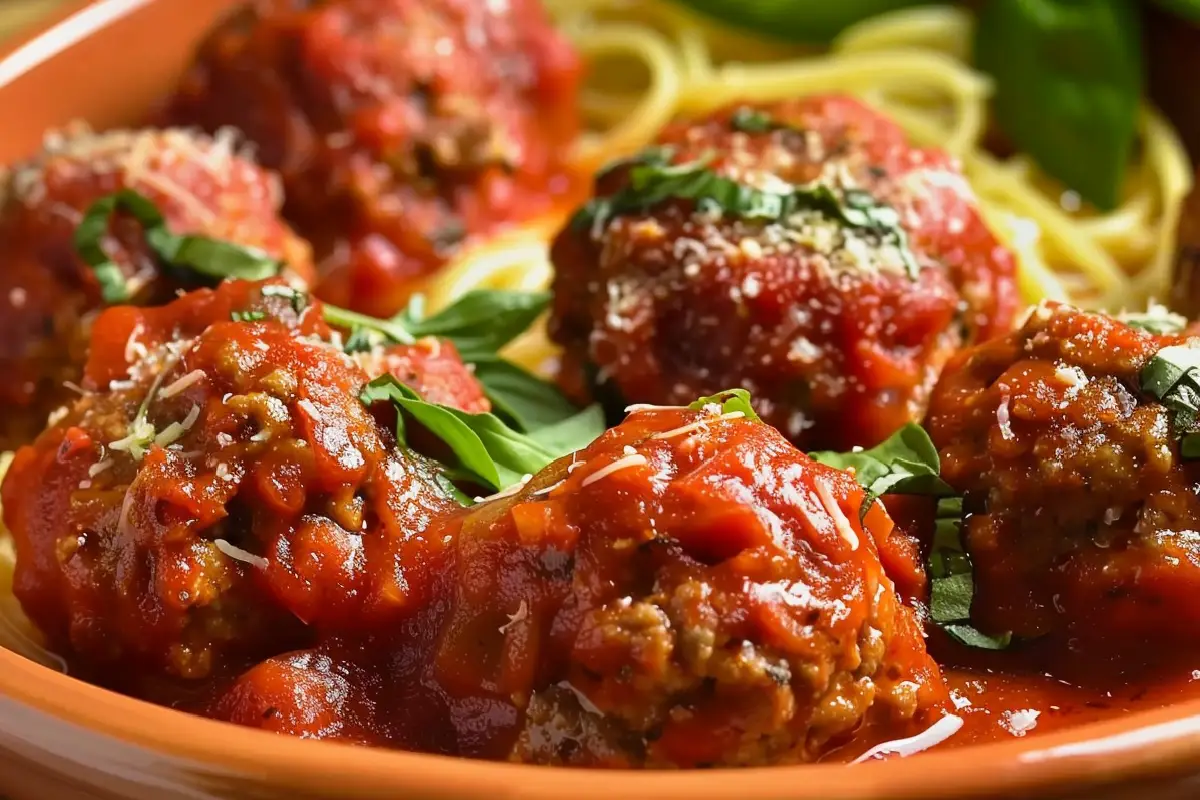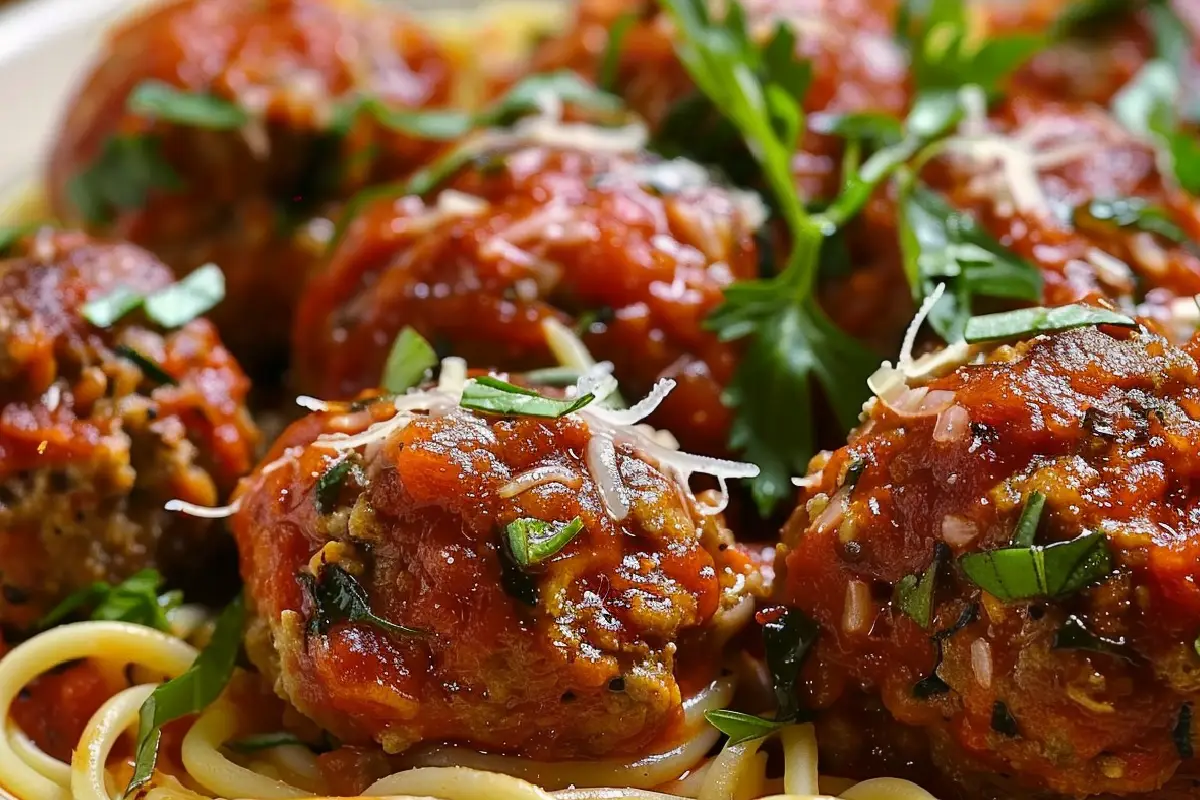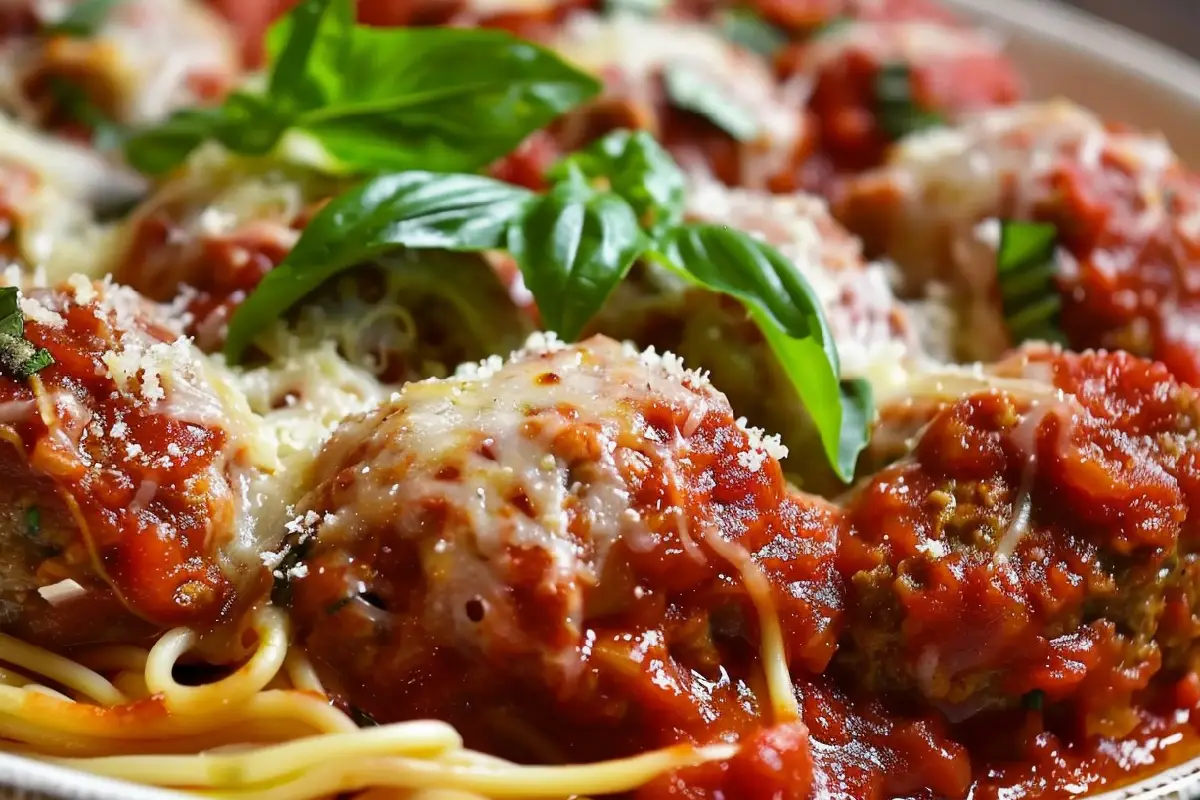Introduction to What Is Better To Bake Meatballs or Cook Them In Sauce
Meatballs are a beloved dish across many cultures, but one question that constantly divides home cooks is whether it’s better to bake them or cook them in sauce. Both methods have their benefits, and choosing between the two depends on a variety of factors like texture, flavor, time constraints, and nutritional preferences. In this comprehensive guide, we’ll dive deep into both techniques, outlining their advantages and disadvantages, how each method affects different types of meat, and when it’s best to use one method over the other.
By the end of this article, you’ll have all the information you need to decide how to cook your meatballs based on your personal preferences and the dish you’re making.
Key Differences Between Baking and Cooking Meatballs in Sauce
The two most common methods of cooking meatballs are baking and simmering them in sauce. Each of these techniques has a significant impact on the texture and flavor of the meatballs, so let’s break down the core differences.
- Baking Meatballs: Baking uses dry heat, which allows the meatballs to develop a crispy exterior while keeping a firm, juicy interior. The baking method is particularly beneficial if you prefer a meatball that holds its shape and texture after cooking. It’s also a cleaner process, as the fat from the meat drains off onto the baking sheet, resulting in a leaner finished product. Check out this recipe for cheesy mashed potatoes to pair with your crispy baked meatballs for a hearty and satisfying meal.
- Cooking Meatballs in Sauce: Simmering meatballs in sauce, on the other hand, allows the meat to absorb the sauce’s flavors and results in a softer, more tender texture. This is a traditional method in Italian cuisine, especially for dishes like spaghetti and meatballs, where the goal is to have a cohesive blend of meat and sauce in every bite. While it takes longer and can be a bit messier, the result is a flavorful, succulent meatball. For a side dish, you might want to try serving them alongside tangy deviled eggs to balance the richness of the sauce.
The Science Behind Each Cooking Method

Baking: The Maillard Reaction
When meatballs are baked in the oven, they undergo a process called the Maillard reaction. This chemical reaction occurs when the proteins and sugars in the meat are exposed to high heat, resulting in the development of a brown, crispy crust. The Maillard reaction not only enhances the texture of baked meatballs but also adds complex, savory flavors that are harder to achieve with the simmering method.
Baking is often the go-to method for those looking to add depth to their meatballs. The crispy exterior locks in the juices, ensuring that the meat inside remains moist and flavorful. However, it’s important to keep an eye on the cooking time and temperature. Over-baking can dry out the meatballs, especially if you’re using leaner meats like turkey or chicken.
Simmering in Sauce: Slow Flavor Infusion
Cooking meatballs directly in sauce takes a different approach. Instead of relying on high heat, this method uses the gradual heat of simmering sauce to gently cook the meatballs. The slower cooking process allows the meat to remain tender and soft, while the sauce’s flavors seep into the meatballs. This method ensures that the meatballs are moist, but it doesn’t develop the same deep, browned flavor as baking.
This technique is excellent for dishes where the sauce is just as important as the meatballs, such as spaghetti or meatball subs. The long simmer gives the sauce time to thicken and concentrate, providing a rich, flavorful meal.
Pros and Cons of Baking Meatballs
Pros:
- Crispy texture: Baking provides a firmer texture, making it ideal for dishes where the meatballs need to maintain their shape.
- Healthier option: Since the fat drips away during baking, you’re left with a leaner final product.
- Even cooking: The meatballs cook evenly, reducing the risk of raw or undercooked centers.
- Less mess: No splattering sauce or fat as with frying or simmering.
Cons:
- Risk of dryness: Overcooking baked meatballs can lead to a dry, tough texture, especially with leaner meats.
- Less flavor infusion: Baked meatballs don’t absorb the flavors of a sauce unless you finish them in one after baking.
Pros and Cons of Cooking Meatballs in Sauce
Pros:
- Tender and juicy: Cooking meatballs in sauce results in a soft, tender texture that practically melts in your mouth.
- Rich flavor: The meatballs absorb the sauce, creating a cohesive flavor throughout the dish.
- One-pot cooking: This method requires fewer dishes, as the meatballs and sauce cook together.
Cons:
- Longer cooking time: Simmering meatballs in sauce takes longer, which might not be ideal if you’re in a rush.
- Risk of sogginess: If cooked too long, the meatballs can become mushy or fall apart in the sauce.
Which Method is Best for Different Types of Meat?
The type of meat you use greatly impacts which method works best. Different meats have different fat contents, which affect how well they hold up to baking or simmering.
- Ground Beef: This is a versatile option that works well with both baking and simmering. Beef has enough fat to stay juicy when baked but also benefits from soaking up the flavors of a sauce when simmered.
- Ground Pork: Pork is naturally juicy and fatty, making it an excellent candidate for baking. The fat helps to prevent the meatballs from drying out. Pork also works well when cooked in sauce, though you might want to monitor the cooking time to ensure the meatballs don’t become too soft.
- Ground Chicken or Turkey: These leaner meats benefit more from cooking in sauce than baking. When baked, turkey and chicken meatballs can become dry and crumbly unless additional fat is added to the mixture. Cooking them in sauce helps retain moisture and adds extra flavor.
- Mixed Meats: Many traditional Italian recipes use a combination of beef, pork, and sometimes veal. This blend offers the best of both worlds—juicy and flavorful meatballs that hold up well to both baking and simmering.
For an alternative take on meatballs, try these chicken ricotta meatballs, which offer a lighter texture and pair perfectly with various sauces.
Flavor Considerations
One of the most important factors to consider when choosing between baking and simmering meatballs is flavor.
- Baked Meatballs: Baking locks in the flavors of the meat, spices, and seasonings, providing a concentrated taste with every bite. The crispy exterior created during baking adds an extra layer of flavor that you won’t get from simmering. Baked meatballs work well in dishes where the sauce is secondary or where the meatballs are the star of the show.
- Meatballs Cooked in Sauce: Simmering in sauce allows the flavors of the sauce to infuse into the meatballs, creating a more unified taste experience. This method is perfect for dishes like spaghetti and meatballs, where the sauce and meatballs are meant to complement each other. The longer the meatballs simmer, the more flavorful they become.
If you’re looking for more flavor pairings, check out this beef stew seasoning recipe, which could inspire additional seasoning ideas for your meatballs.
Hybrid Method: Bake, Then Simmer in Sauce
For the ultimate in texture and flavor, many cooks use a combination of baking and simmering. This hybrid method allows you to achieve the crispy exterior of baked meatballs while still infusing them with the flavors of the sauce.
Here’s how to do it:
- Bake the meatballs at 350°F for about 15-20 minutes, or until they are browned on the outside but still slightly undercooked in the center.
- Transfer the meatballs to a pot of simmering sauce and cook for an additional 10-15 minutes. This gives the meatballs time to soak up the sauce’s flavors without becoming mushy.
This method offers the best of both worlds—crispy, flavorful meatballs that remain moist and tender inside. It’s especially useful for dishes like meatball subs or lasagna, where texture plays a crucial role.
FAQs About What Is Better To Bake Meatballs or Cook Them In Sauce

Is it healthier to bake meatballs?
Yes, baking meatballs is generally considered healthier because the fat drips off during cooking. This results in lower fat and calorie content compared to frying or simmering meatballs in sauce, where the fat remains in the dish.
How long should meatballs simmer in sauce?
Meatballs should simmer in sauce for at least 30 minutes, but up to an hour is ideal if you want them to fully absorb the sauce’s flavors. Be cautious not to overcook them, as they can become too soft and fall apart.
Can I bake meatballs and then cook them in sauce?
Absolutely! This hybrid method ensures that the meatballs stay crispy on the outside but still soak up the rich flavors of the sauce. Simply bake them first and then let them finish cooking in the sauce for about 10-15 minutes.
Why are my baked meatballs dry?
If your baked meatballs turn out dry. It could be due to overbaking or using a meat mixture that’s too lean. To avoid this, consider adding ingredients that help retain moisture, such as breadcrumbs soaked in milk, eggs, or grated vegetables.
Can I freeze baked meatballs?
Yes, baked meatballs freeze very well. After baking, let them cool completely before transferring them to an airtight container or freezer bag. They can be stored for up to three months. To reheat, you can either bake them again or simmer them in sauce.
Conclusion
When deciding whether to bake meatballs or cook them in sauce. It all comes down to the type of dish you’re making and your personal preferences. Baking meatballs is great if you’re looking for a firmer, crispier texture. While cooking them in sauce results in tender, flavorful meatballs that absorb the richness of the sauce.
For the best of both worlds, try the hybrid method—baking first, then simmering in sauce. Whether you’re making a classic Italian meal or experimenting with new recipes. The choice of cooking method will help you create the perfect meatball to suit your tastes.

